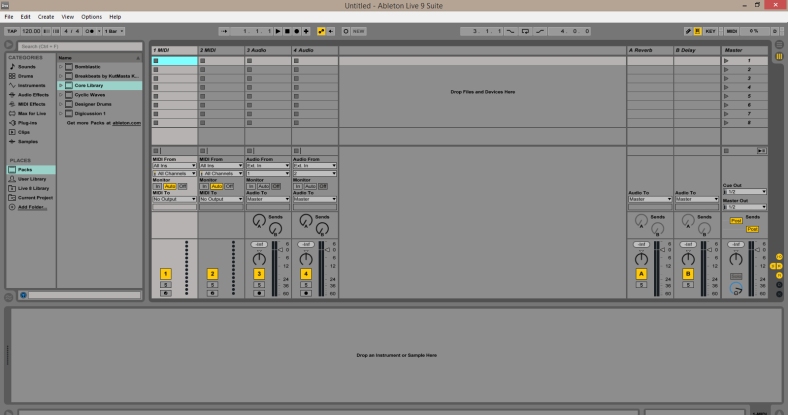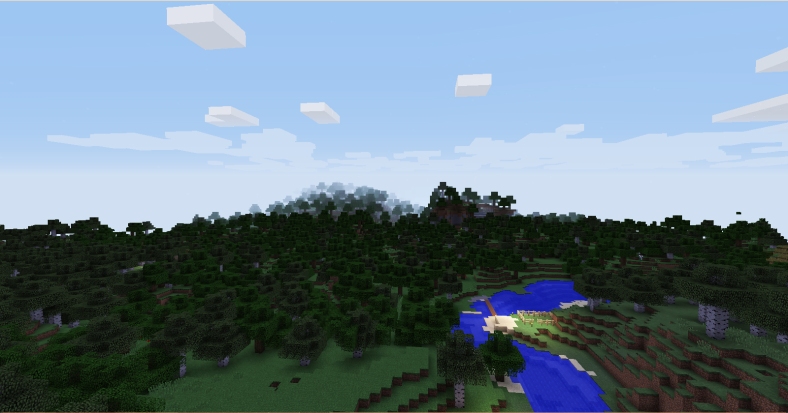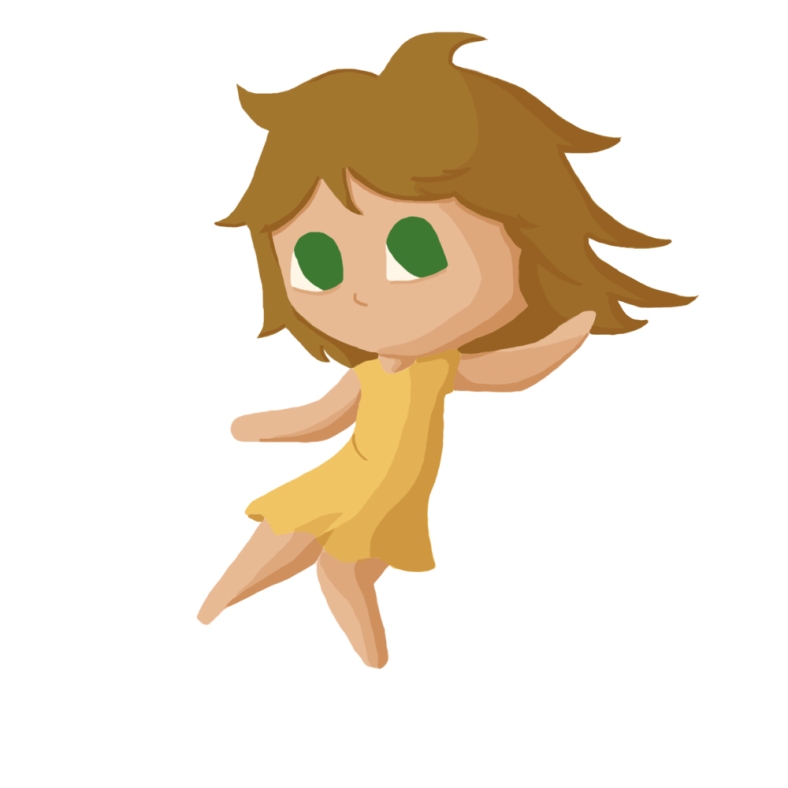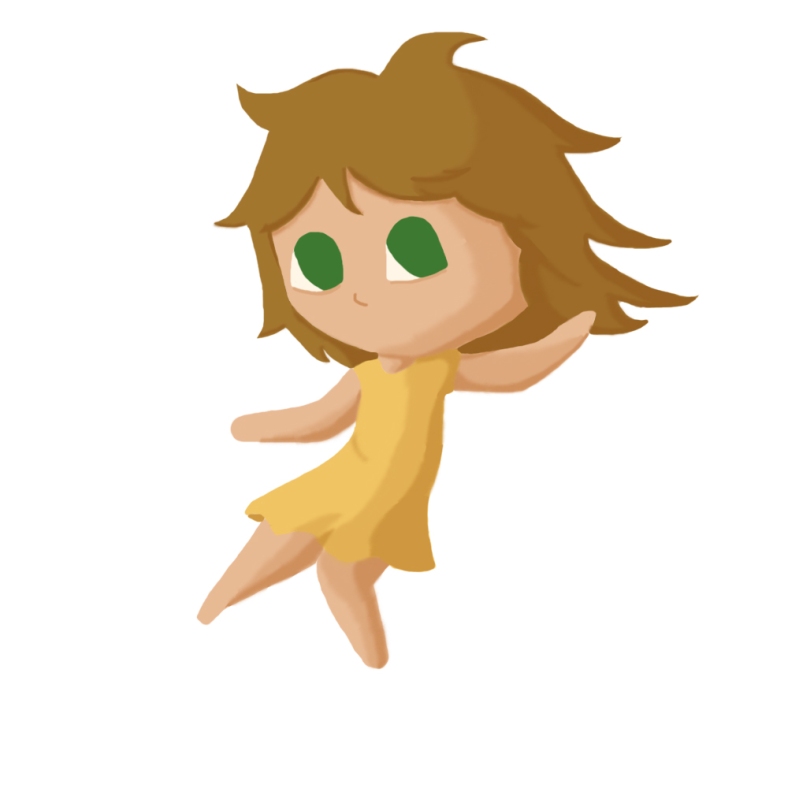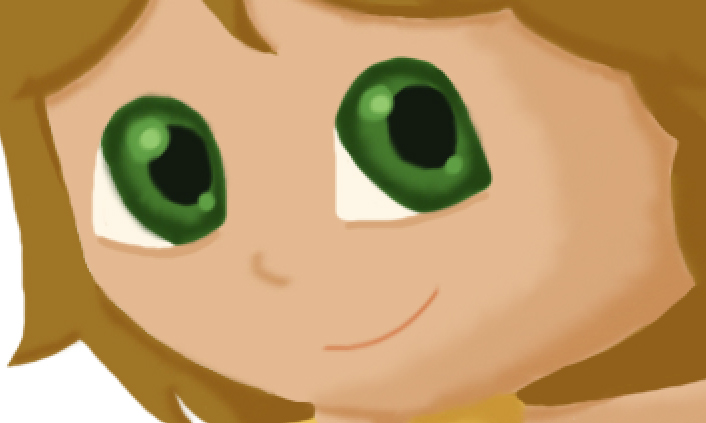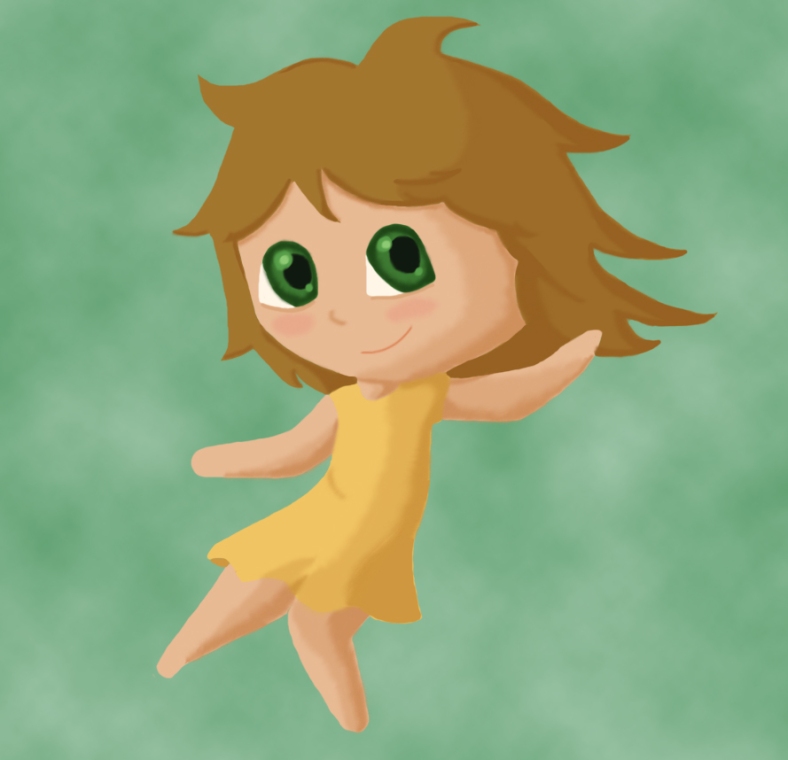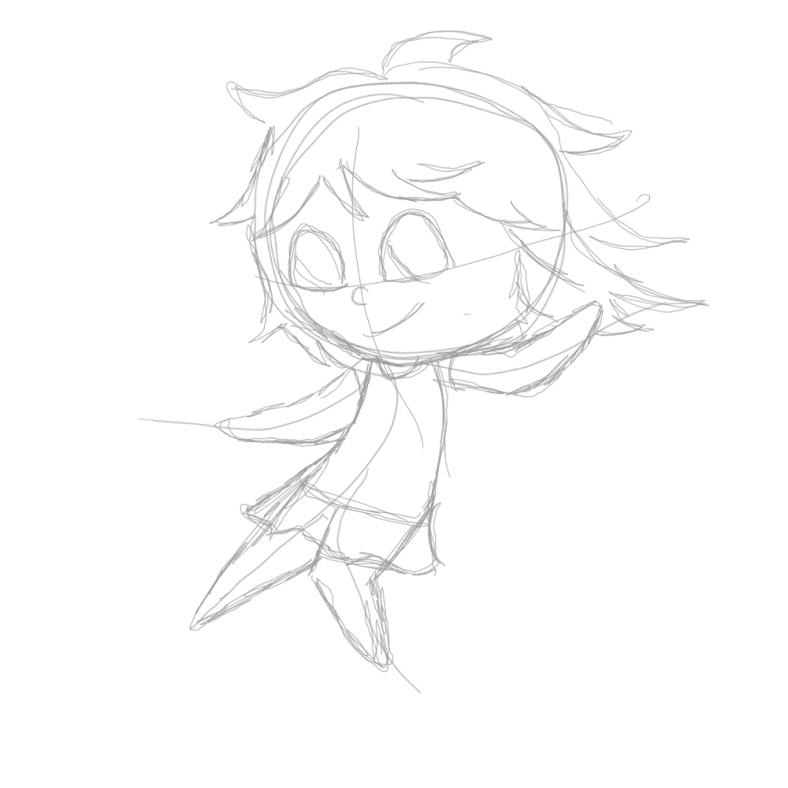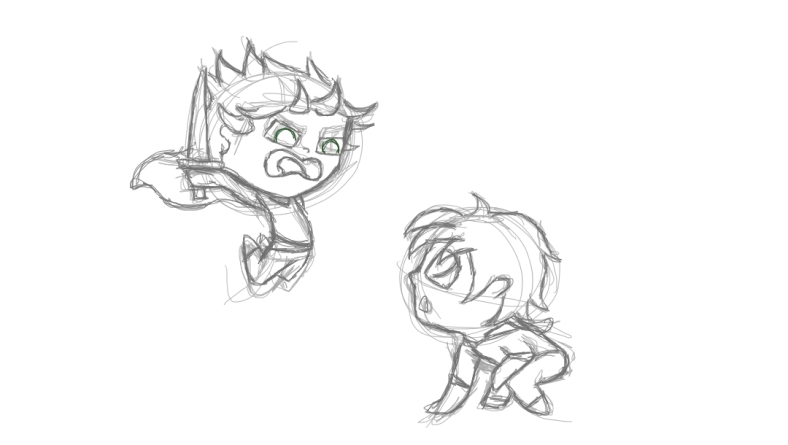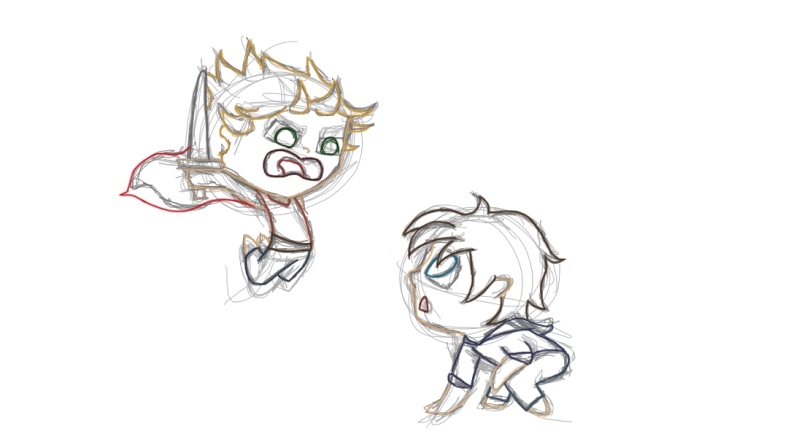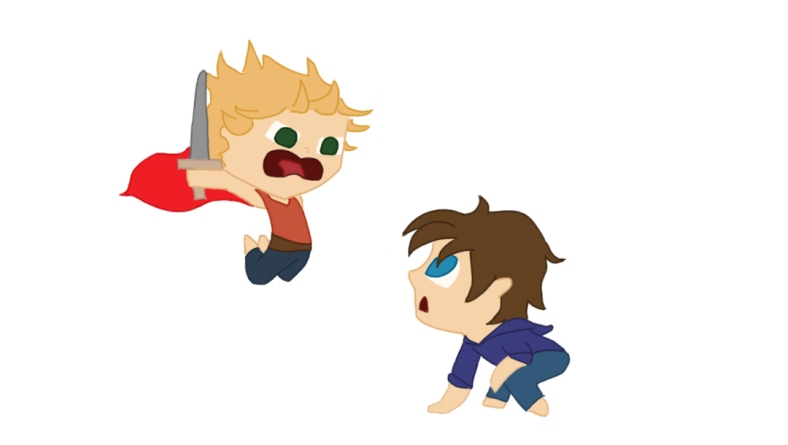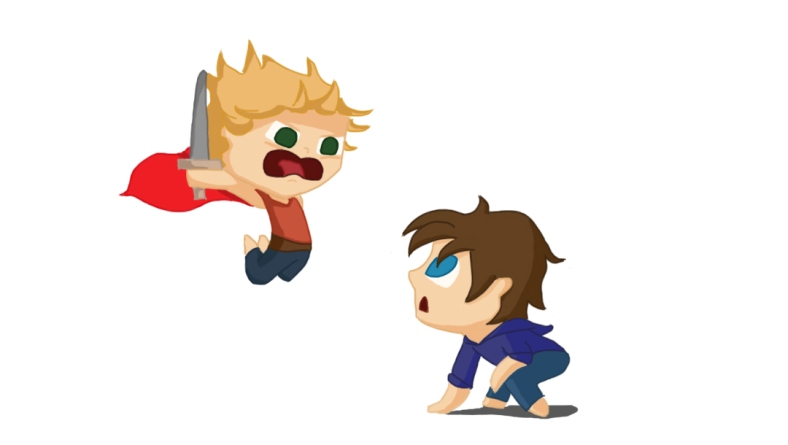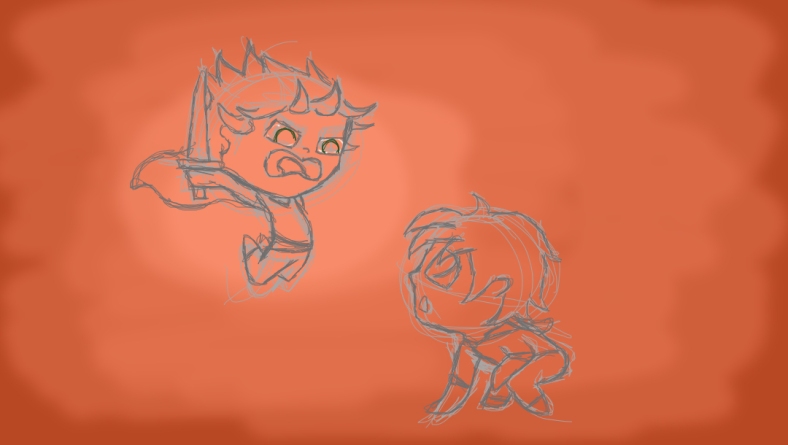[SPOILER ALERT]
When I was twelve, I read Eragon by Christopher Paolini. I don’t know what got me through the second book of four, as I barely skimmed the books, believing it all to be a cool story that was sugar-coated in unnecessary purple prose.
However, recently someone I look up to suggested I give it a read. It has been four years since I last read it, and I had even forgotten the name of the dragon (Saphira), so I took a trip to Half-Priced Books and snatched the first two books of the series: Eragon and Eldest.
Upon reading the first few pages of Eragon, I was sucked in. I fell in love with the poetical phrasing, the calming writing style, (which was not, in fact, purple prose as I had thought. That was just a discouraged twelve-year-old who wasn’t used to books more descriptive than Harry Potter. However, I heard that Paolini gets more prose-y with each book though, so I should probably hold my tongue for now.) and the conflicts.
Eragon is about a young teen boy (who shares the name of the book) who finds a stone in the mountains while hunting. It is, in fact, a dragon, who has been waiting for her destined Rider to touch her egg, and she, Saphira, hatches for him. They are able to telepathically converse among the two of them. However, the evil king’s servants, the Ra’zac, have been searching for the egg, and while Eragon is out, they burn down his entire farm, taking his uncle with it. Eragon, discouraged, runs off with the town storyteller, Brom, (who is later revealed to have been one of the original Riders. The Riders are told to have extremely long lives.) helps Eragon, teaching him magic and telling him of the history of the Riders while they hunt down the Ra’zac. However, their adventure becomes more than just revenge for Eragon’s uncle (and, later, Brom, too) – it becomes a question of alliances for Eragon as a Rider; what is he fighting for, if he’s fighting at all in the inevitable battle in the kingdom?
It is clear that Paolini is trying to create a Middle-Earth-eque world with languages, creatures, and attempting the writing style of Tolkein, but my number one criticism is that Paolini is not a linguist. He cannot create new words that sound as real on the tongue as Tolkein does. For example, “Ristvak’baen” (which means “the Place of Sorrow” in the Ancient Language) and “Galbatorix” (the name of the villain) do not achieve the “this looks like a real language” effect. However, that is my one criticism.



